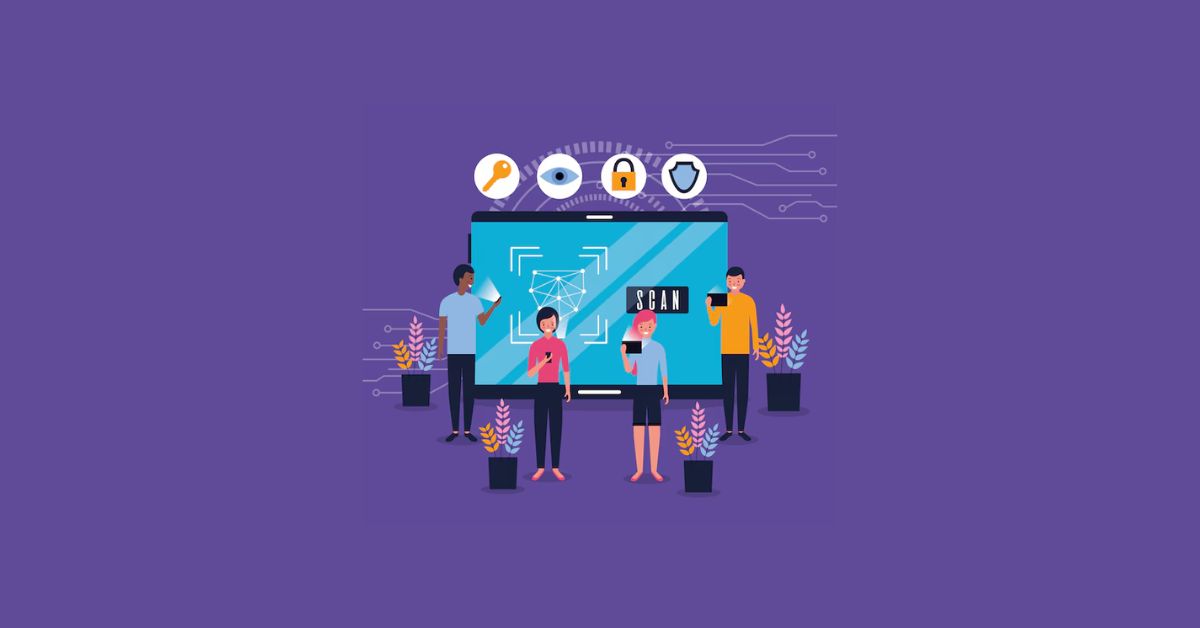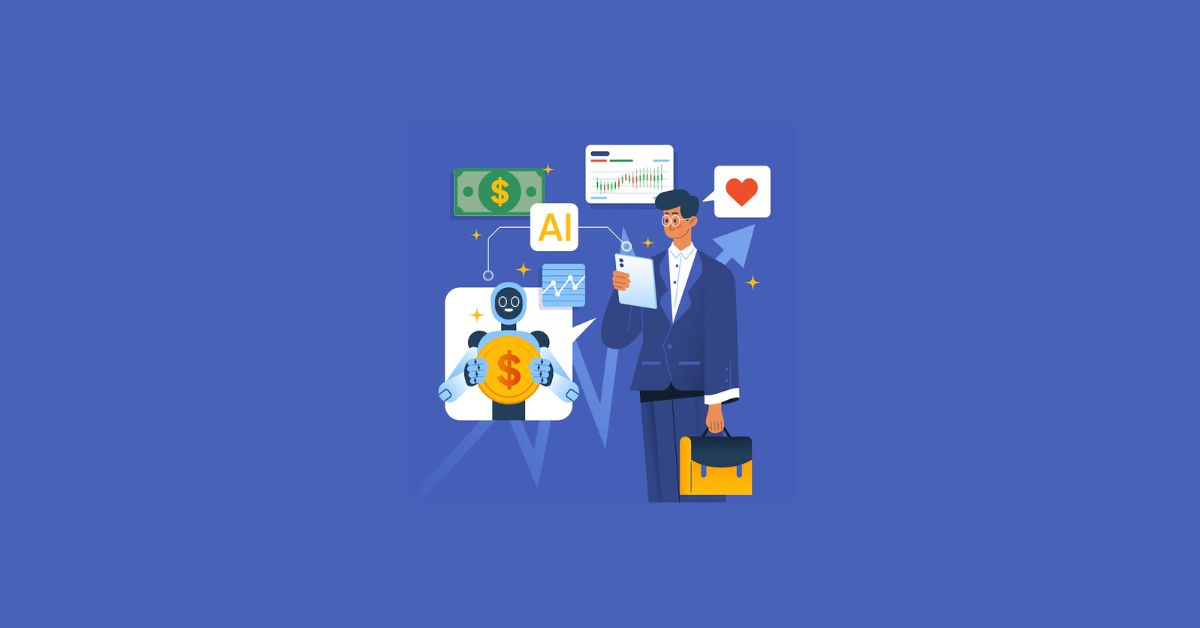In today’s rapidly evolving digital landscape, cybersecurity issues have become critical concerns for businesses of all sizes. Cybersecurity threats are growing in frequency and sophistication, threatening financial loss, customer trust, intellectual property, and regulation compliance. To stay ahead, businesses must understand the key cybersecurity threats and the emerging trends that shape today’s cyber environment.
- Common Sources of Cybersecurity Threats
– Nation States
– Terrorist Organizations
– Criminal Groups
– Hackers
– Malicious Insiders - The Top Cybersecurity Threats in 2024
– DoS and DDoS Attacks
– MITM Attacks
– Phishing Attacks
– Whale Phishing Attacks
– Spear-Phishing Attacks
– Ransomware
– Password Attack
– URL Interpretation - Conclusion
Common Sources of Cybersecurity Threats
Here are some of the common sources of cyber threats against the organizations:
Nation States
Hostile countries can launch cyber attacks against local companies and institutions, aiming to interfere with communications, cause disorder, and inflict damage.
Terrorist Organizations
Terrorists conduct cyber attacks aimed at destroying or abusing critical infrastructure, threatening national security, disrupting economies, and causing bodily harm to citizens.
Criminal Groups
Organized groups of hackers aim to break into the computing systems for economic benefit. These groups use phishing, spam, spyware, and malware for extortion, theft of private information, and online scams.
Hackers
Individual hacker targets organizations using a variety of attack techniques. They are usually motivated by personal gain, revenge, financial gain, or political activity. Hackers often develop new threats, to advance their criminal ability and to improve their standing in the hacker’s community.
Malicious Insiders
An employee who has legitimate access to the company assets, and abuses their privileges to steal the information or damage the computing systems for economic or personal gain. Insiders may be employees, contractors, suppliers, or partners to the target organizations.
Protect your business from cybersecurity threats with our expert cybersecurity services—reach out today to secure your digital assets!
The Top Cybersecurity Threats in 2024
DoS and DDoS Attacks
A denial of the service attack is designed to overwhelm the resources of the system to the point where it is unable to reply the legitimate service requests. A distributed denial of the service attack is similar in that it also seeks to drain the resources of the system. A DDoS attack cybersecurity issue is initiated by a vast array of malware-infected host machines controlled by the attacker. These are referred to as denial of the service attacks because the victim’s site is unable to provide the services to those who want to access it.
With this a DoS attack, the target site gets flooded with illegitimate requests. Because this site has to respond to each request, its resources get consumed by all the responses. This makes it impossible for the site to serve the users as it normally does and often results in a complete shutdown of the site.
MITM Attacks
Man-in-the-middle types of cyberattacks refer to the breaches in cybersecurity that make it possible for an attacker to eavesdrop on the data sent back and forth between two people, networks, or computers. It is called a “man in the middle” attack because the attacker positions themselves in the middle or between the two parties trying to communicate. In effect, the attacker is spying on the interactions between the two parties.
In it, the two parties involved feel like they are communicating as normal they do. What they do not know is that the person sending the message illicitly modifies or accesses the message before it reaches the destination. Some of the ways to protect yourself and your organization from MITM attacks are by using strong encryption on the access point or by using a virtual private network.
Phishing Attacks
It occurs when the malicious actor sends an email that seems to be coming from trusted, legitimate sources in an attempt to grab sensitive information from the target. It also combines social engineering and technology and is so-called because the attacker is, in effect, fishing for access to a forbidden area by using the “bait” of a seemingly trustworthy sender.
Whale Phishing Attacks
A whale phishing cyber attack is so named because it goes after the “big fish” or whales of an organization, which typically include those in the C-suite or the charge of the others of the organization. These individuals are likely to possess information that can be valuable to the attackers, such as proprietary information about the businesses or the operations.
If a targeted whale downloads the ransomware, they are more likely to pay the ransom to prevent the news of the successful attacks from getting out and damaging their reputations or that of the organizations. Whale-phishing attacks can be prevented by taking some of the kind of precautions to avoid phishing attacks, such as carefully examining the emails the attachments and the links that come with them, and keeping an eye out for suspicious destinations or the parameters.
Spear-Phishing Attacks
It refers to the specific type of targeted phishing attacks. The attacker takes the time to research their intended targets and then write the message to the target is likely to find personally relevant. These types of cybersecurity attacks are aptly called “spear” phishing because of the way the attacker hones in on one specific target. The message will seem legitimate, which is why it can be difficult to spot a spear phishing attack.
Often spear phishing attacks use email spoofing, where the information inside the “from’ portion of the email is faked, making it look like the email is coming from a different sender. This can be someone the targets trust, like an individual within their social network, a close friend, or a business partner. Attackers may also use website cloning to make the communication seem legitimate. With the closing, the cybersecurity attackers copy the legitimate website to lull the victim into a sense of comfort. The target, thinking the website is real, then feels comfortable entering the private information.
Ransomware
With Ransomware, the victim’s system is held hostage until they agree to pay the ransom to the cybersecurity threats, after the payment has been sent, the attacker then provides the instructions regarding the target can regain control of their computer. The name ransomware is appropriate because the malware demands a ransom from the victim.
Password Attack
Passwords are the access verification tool of the choice for most people, so figuring out the target password is an attractive proposition for the hacker. This can be done using different methods. Often people keep copies of their passwords on the pieces of paper or the sticky notes around on their desks. An attacker can either find the password themselves or pay someone on the inside to get it from them.
URL Interpretation
With URL interpretation, attackers alter and fabricate certain URL addresses and use them to gain access to the target’s personal and professional data. This kind of cybersecurity issue is also referred to as URL poisoning. The name URL interpretation comes from the fact that the attackers know the order in which web page URL information needs to be entered. The attackers then interpret this syntax, using it to figure out how to get into the areas they don’t have access to.
Conclusion
Understanding the cybersecurity threats and trends is critical for businesses to safeguard their digital access, protect sensitive data, and ensure its operational continuity. As cybersecurity threats become more sophisticated, organizations must stay informed about emerging risks, such as ransomware, phishing, and insider threats, while also anticipating future trends like AI-powered attacks. Proactive measures such as employee training, implementing advanced security technology, and adhering the regulatory compliance are essential in building a resilient defense. By continuously evolving their cybersecurity services, businesses can mitigate the risk, maintain customer trust, and remain competitive in an increasingly digital landscape.
















